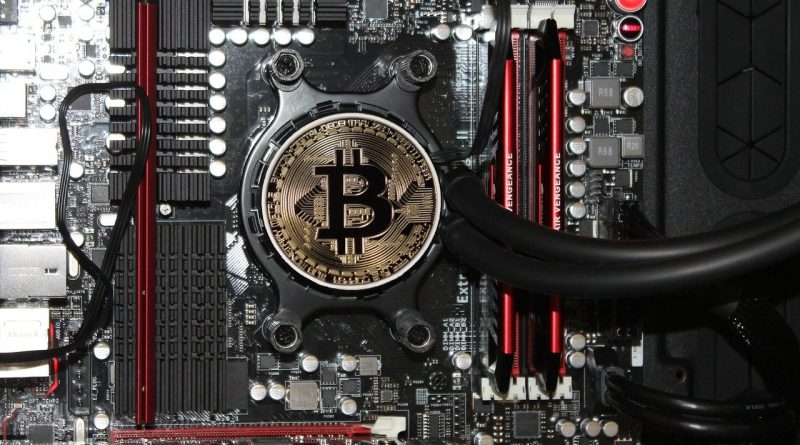Blockchain Use Cases for Cyber Security
Key points
- Blockchain for Cyber Security
- Secure Private Messaging
- IoT Security
- Secure DNS and DDoS
- Provenance of Software
- Prevents Human Safety Adversity Caused by Cyber Attacks
The data surrounding cyber-attacks indicates the importance of an effective security system. Virtually no organization is protected as hackers are continuously looking for new methods to infiltrate or corrupt the systems and networks. There is no full-proof protection method against hackers, but there are several steps that could help in reducing the probability of being a victim to a hacker. One of the most basic steps in achieving this security is the implementation of blockchain technology, considering how this could help in fortifying the cyber security industry.
Some of the use cases of blockchain in fortifying the defenses against cyber threats are discussed in this blog
Blockchain for Cyber Security
- Secure Private Messaging
Many users on social media platforms don’t utilize secure means of authentication mechanisms to protect their data. They use weak or unreliable passwords to protect their account and data. Many social media companies are making a change to blockchain technology to ensure end-to-end encryption of information.
Blockchain technology helps in creating a standard security protocol that will create a standard API framework, which will enable cross-messenger communication capabilities.
In the past, we have witnessed occurrences, where information has been stolen from social media platforms like Twitter and Facebook. Blockchain technology protects against such attacks.
- IoT Security
Various vulnerable devices like Smart Switches are hacked by hackers to gain access to a user’s overall authentication system.
Blockchain technology ensures the safety of these devices by decentralizing their administration. Blockchain technology when combined with IoT and AI technology, provides devices with capabilities, to make security decisions on their own.
- Secure DNS and DDoS
DNS (Domain Name System) is a centralized system that if compromised makes it easier for attackers to infiltrate the connection between the website and the IP address. In a DNS attack, the victim is redirected to a scam website instead of a legitimate website.
DDoS (Distributed Denial of Service) attack occurs when a server or a website is overloaded with thousands of requests, either slowing down the system or completely shutting it down. In this attack, any legitimate requests are rejected because of the bottleneck created by the attacker’s requests.
In blockchain technology, the DNS entries are decentralized and any possibility of such attacks is eliminated. Decentralizations eliminate the vulnerable single-point entry exploited by attackers.
- Provenance of Software
MD5 message algorithm is used for security and activities involving updates, patches, and installers. The MD5 algorithm compares the new software identity with the hashes available on the vendor’s server. This may not be completely secure as the vendor’s server could be compromised.
In blockchain technology, the hashes get recorded permanently and prevent any changeableness. Blockchain thus provides more security, by comparing the hashes to the ones stored in the ledger and verifying the software identity.
- Prevents Human Safety Adversity Caused by Cyber Attacks
The use of technology in defense can be dangerous if a person with bad intentions can gain access. Automated weapons, vehicles, and equipment operate on a closed network. Hackers may try to infiltrate the network and gain access to defense equipment. A single point of failure on this network will allow the attacker to control the complete network and create havoc.
In Blockchain technology, the data verification process will help in preventing such adversities.
Disclaimer: The article is just to provide information and shouldn’t be considered as any financial advice. It is advisable to conduct thorough research before investing in any cryptocurrency.
photo by – AaronJOlson on Pixabay




